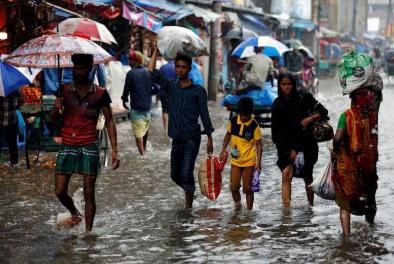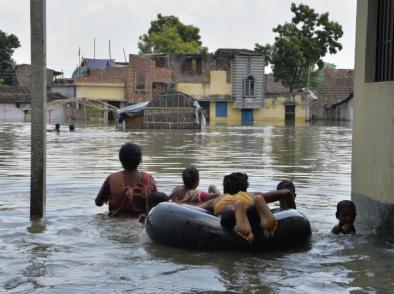South Asian Monsoon Floods Summer 2017
Heavy monsoon rains during the summer of 2017 resulted in "unprecedented flooding"[1] that killed at least 1,288 people and affected over 45 million in Bangladesh, India, and Nepal.[2] All three countries routinely suffer flooding during the June-September monsoon season, but international aid agencies say the situation in 2017 was worse than usual.[3]
The floods of 2017 are consistent with the globally observed rainfall trend that indicates heavy rainfall events are getting heavier (that is, more precipitation is falling now in a given window of time compared to the past). This trend has been firmly attributed to climate change.[2][3][4]
Trends in central India are consistent with the global trend, according to a paper submitted during the summer of 2017.[4] The study finds rainfall extremes in central India have increased threefold over the last three years and now extend over all of central India, from Gujarat to Odisha.[4]
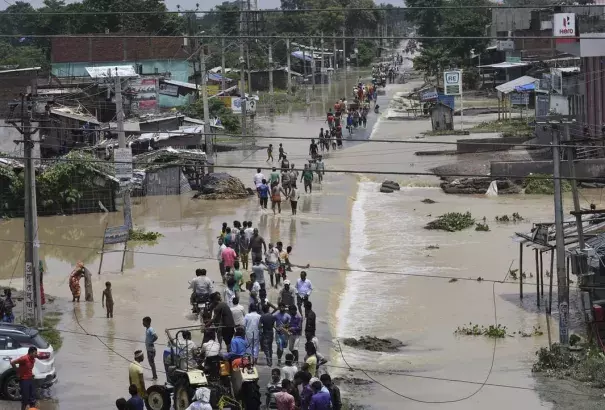
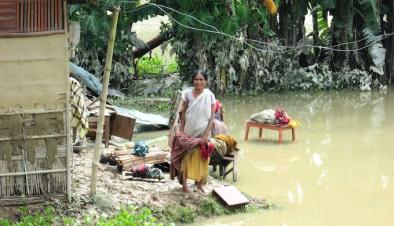
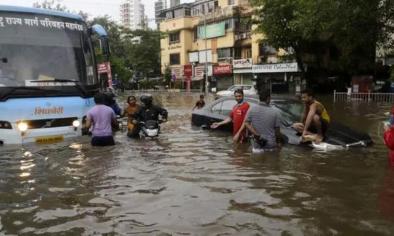
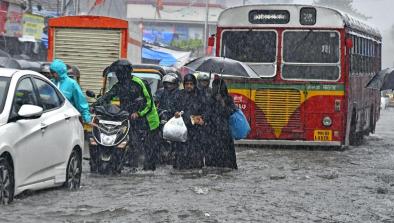
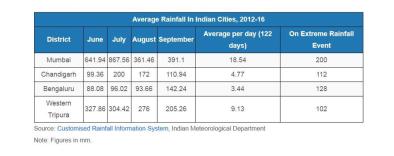
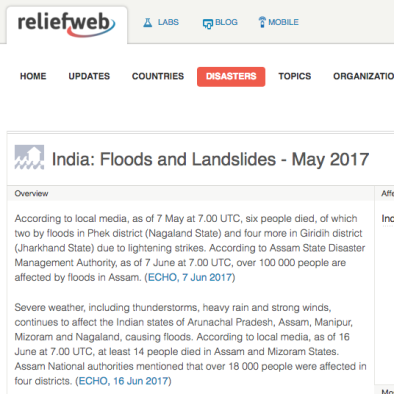
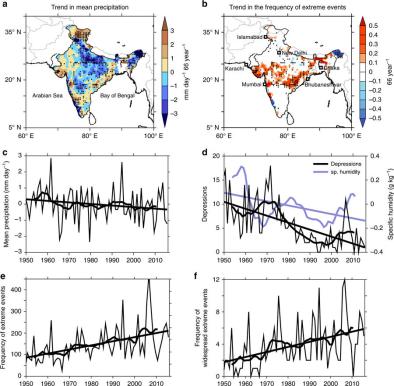
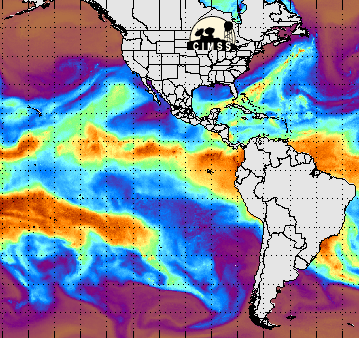
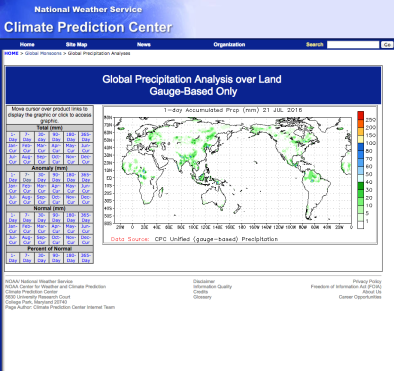
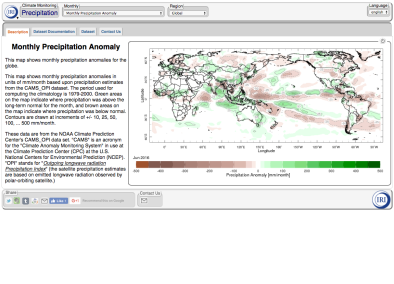
Climate science at a glance
/cdn.vox-cdn.com/uploads/chorus_asset/file/9146783/Asia_flooding2.jpg) Climate change loads storms with more rainfall, increasing the threat of flooding.[1]
Climate change loads storms with more rainfall, increasing the threat of flooding.[1]- Increasing extreme precipitation is a global trend firmly attributed to climate change.[2][3][4]
- Extreme events driven by natural variability and amplified by climate change are consistent with what climate science projects in a warming world.[5]
- An October 2017 study finds a threefold increase in widespread extreme rain events over central India during 1950–2015[6]
Extreme monsoon rains bring deadly and destructive floods to South Asia, consistent with a warming climate
The worst monsoon rains in South Asia occurred during August (around the same time Hurricane Harvey inundated Houston).
By August 17, more than one-third of Nepal's 75 districts had reported flooding or mudslides from heavy rainfall, decimating crops across the country.[7]
In Bangladesh, record rainfall pushed rivers to some of the highest levels ever recorded.[8] The rains submerged a third of country, also damaging enormous areas of farmland.[9]
On India's west coast, Mumbai received rainfall up to 322 mm (12.7 inches) in 24 hours, causing widespread flooding.[10] This was Mumbai's second-worst extreme rainfall event on record, second to 2005, when 944 mm (37.2 in) of rain fell in 24 hours.
Many other cities in the region saw extreme 24-hour rainfall rates that caused widespread and deadly flooding (see table).[11][12]
Recent research has indicated the intensity of extreme rainfall events in the region is increasing, according to Pradeep Mujumdar, chairman, Interdisciplinary Centre for Water Research (ICWaR) at the Indian Institute of Science, Bengaluru.[13]
Looking at the total rainfall over the entire monsoon season from June to September, an October 2017 study finds rainfall extremes have increased threefold over the last three years and now extend over all of central India, from Gujarat to Odisha (see image to the right).[6]
A separate study focused on southern India—outside the range of the 2017 extreme monsoon rains—showed that precipitation events greater than 100 mm have increased in number in the past 100 years.[13] The study found an overall increasing trend of events exceeding 100, 150 and 200 mm since the 1900s.[13]
Related Content
